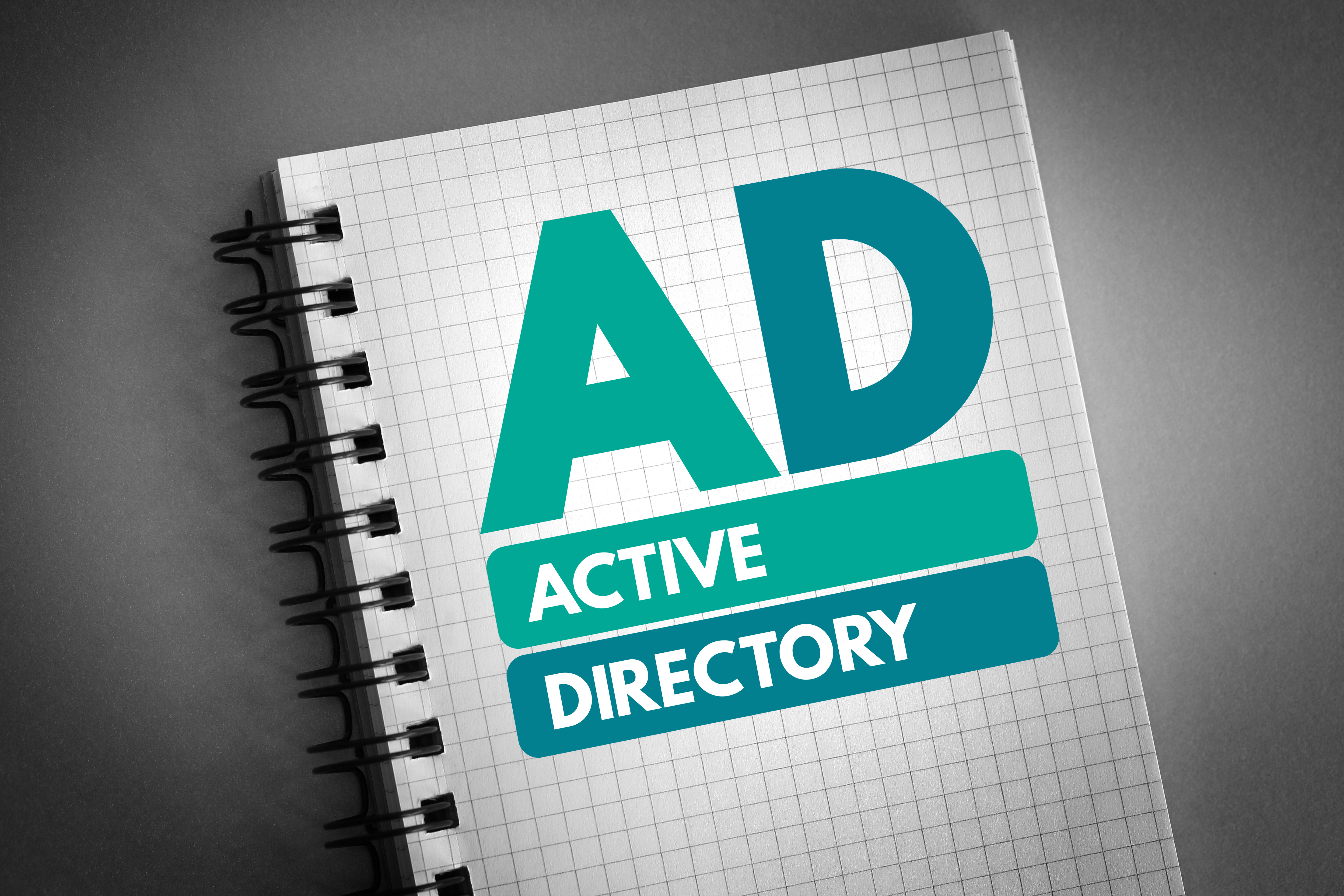Restricting logon to specific machines
September 12, 2025
Restricting logon to specific machines: the expert guide
Restricting logon to specific machines means enforcing which Windows computers a given user may sign in to—locally or via Remote Desktop—using Active Directory controls such as userWorkstations (“Log On To…”) and computer-side User Rights Assignment policies (“Allow/Deny log on locally” and “Allow/Deny log on…


